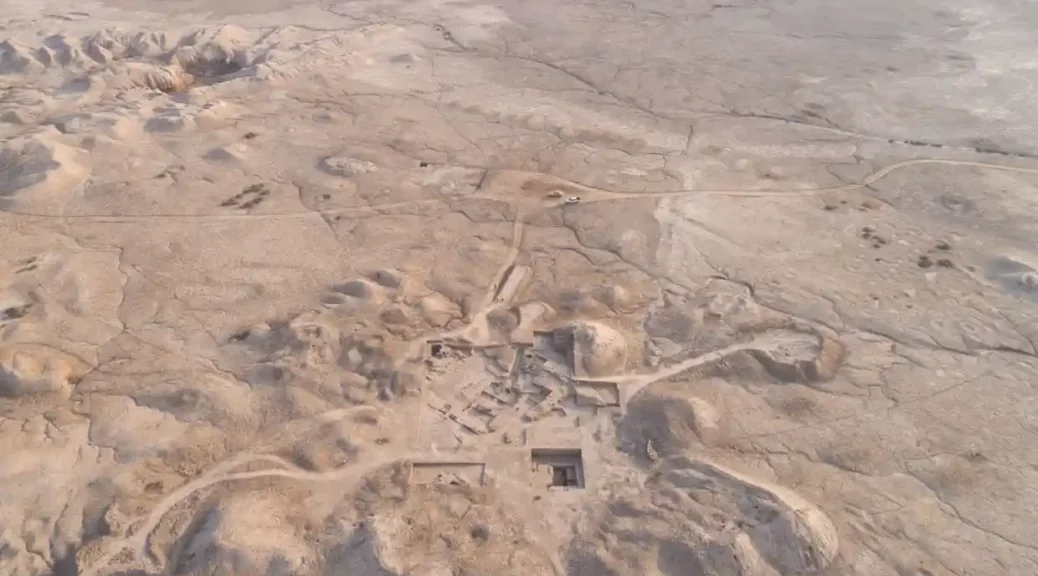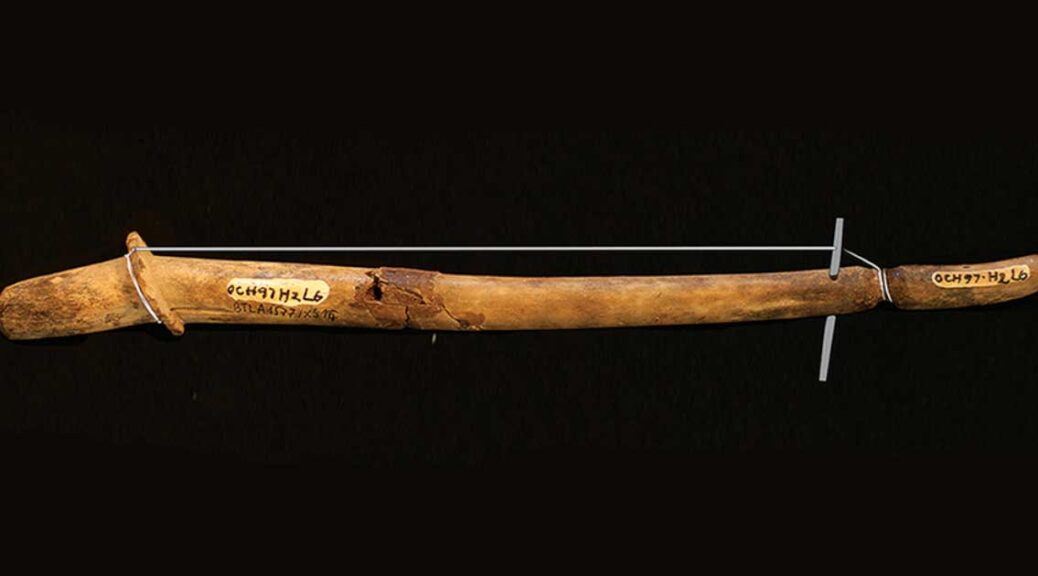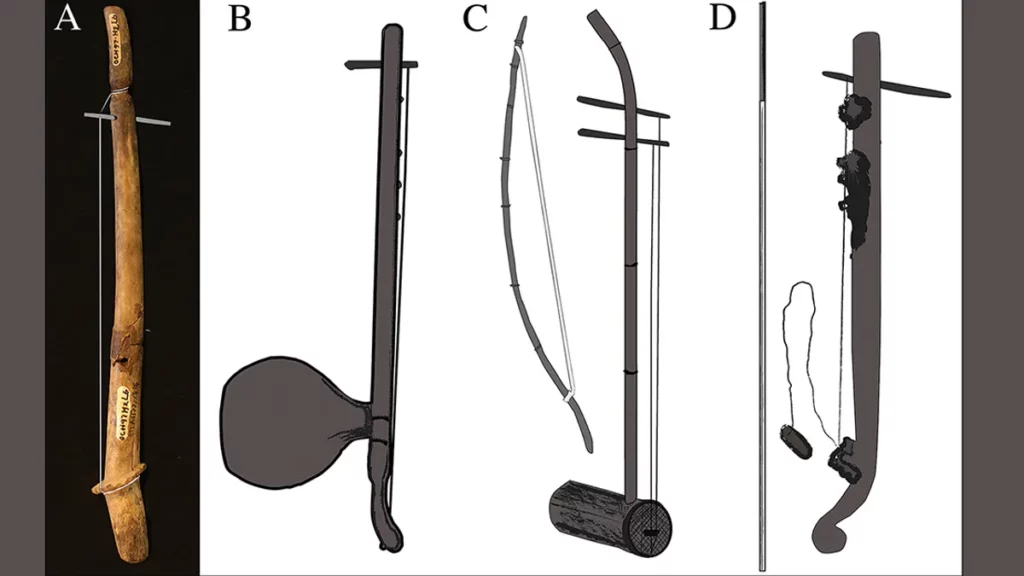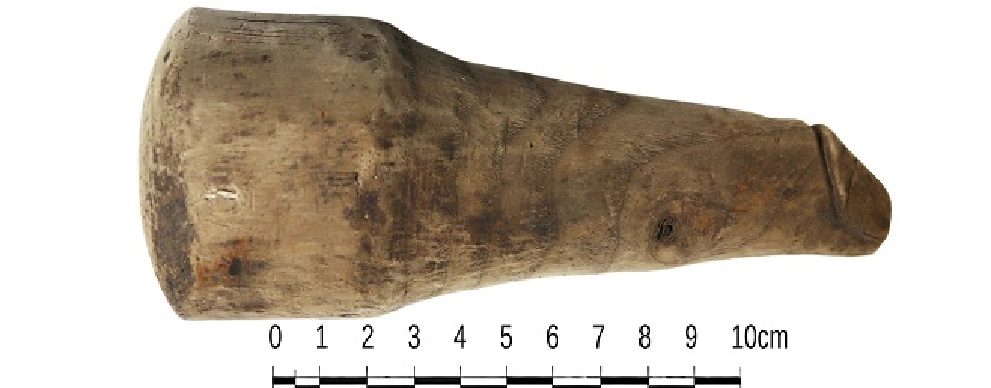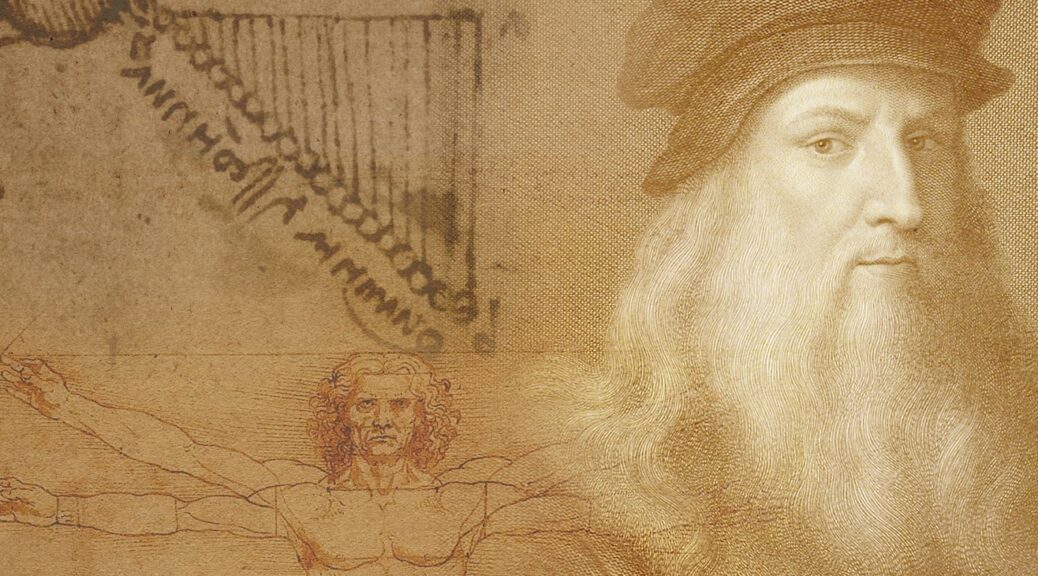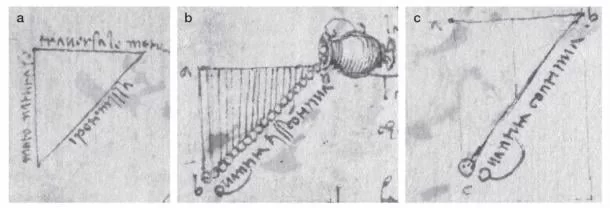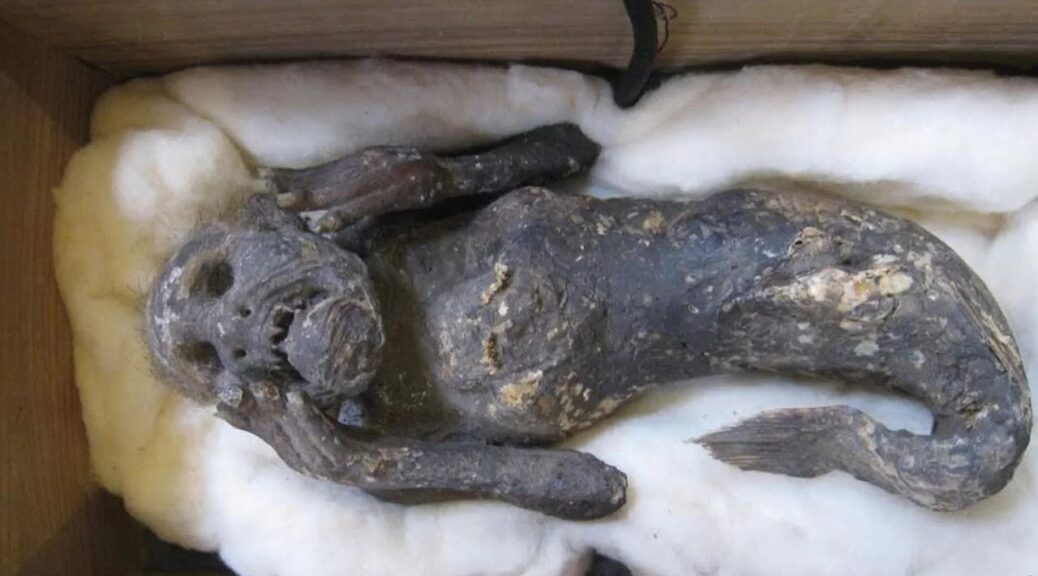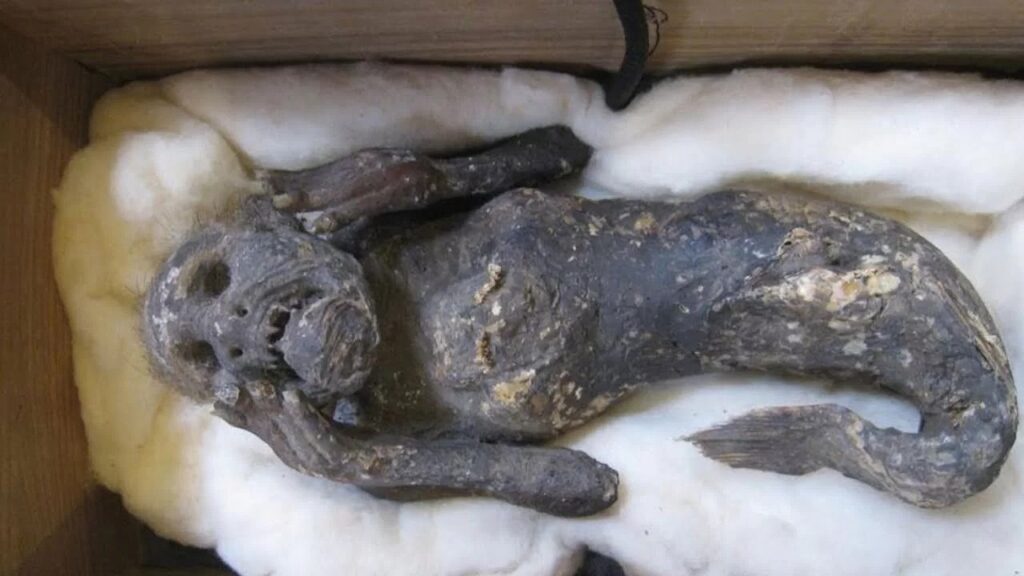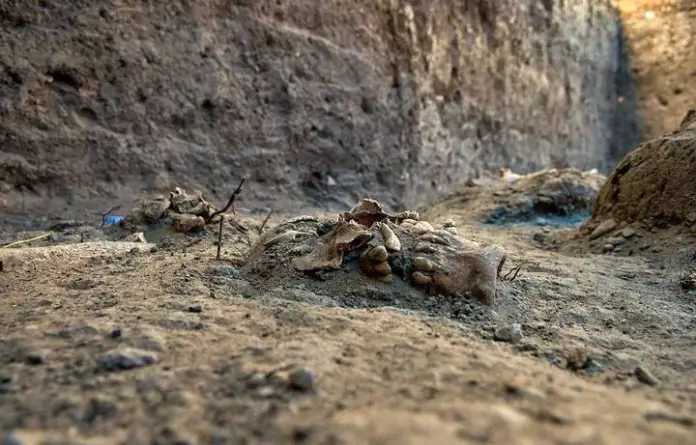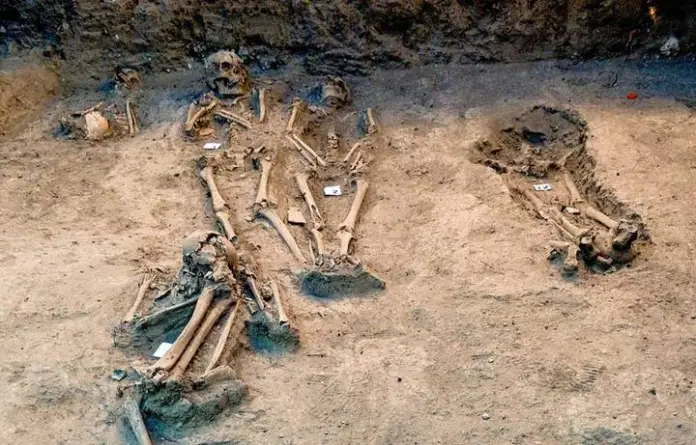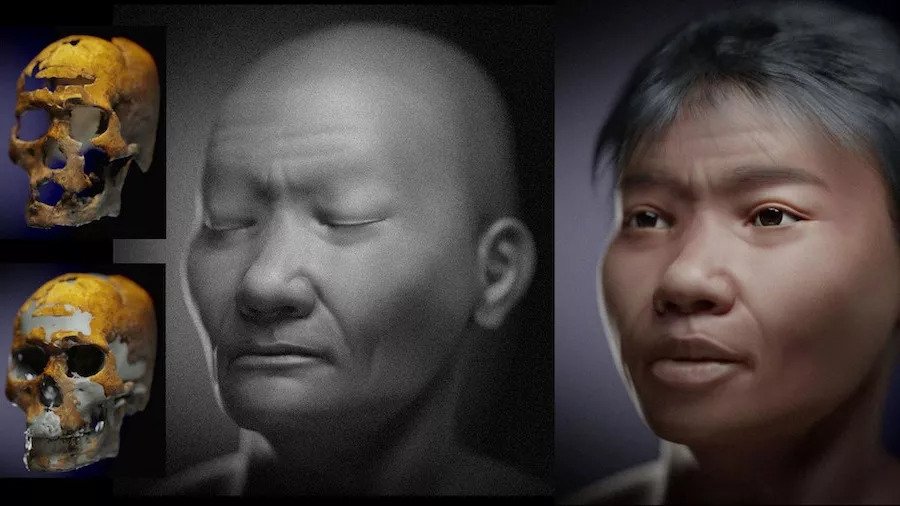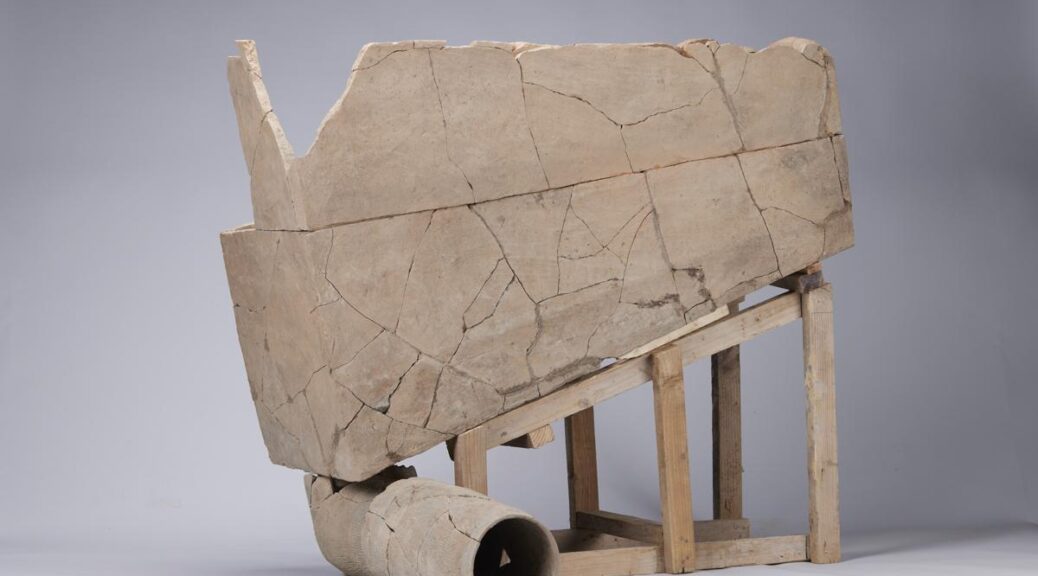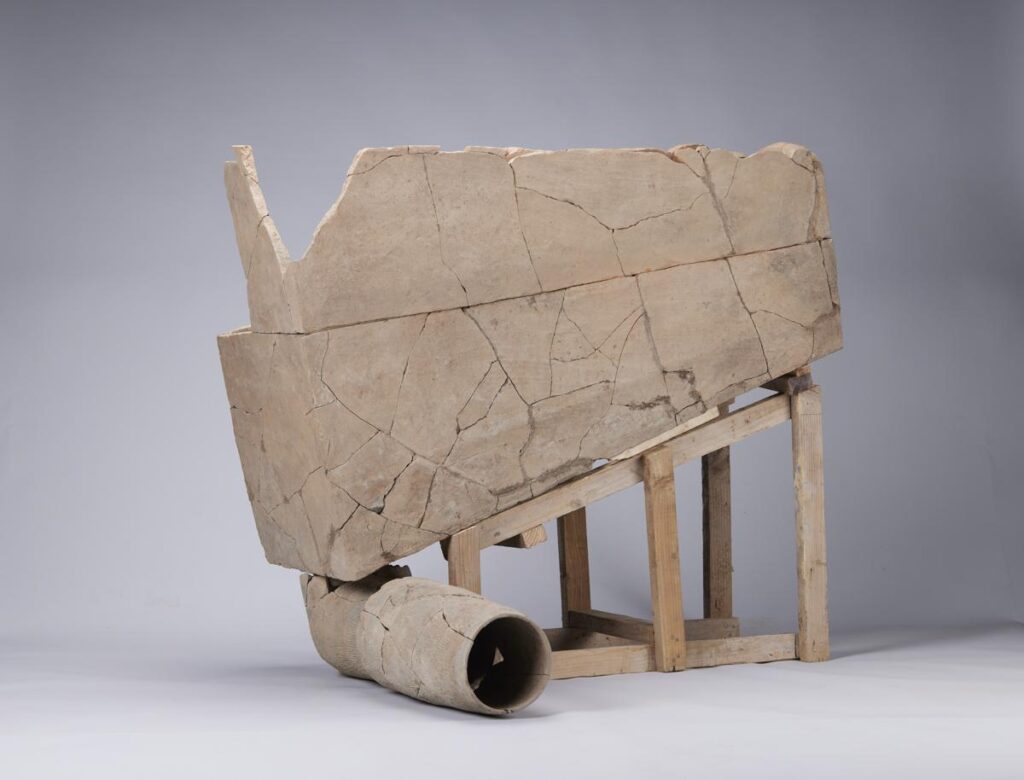Discovery of 4,500-year-old palace in Iraq may hold key to ancient civilisation

It has been described by the director of the British Museum as “one of the most fascinating sites” he has has ever visited, but the archaeologist who led the discovery of a lost Sumerian temple in the ancient city of Girsu has said he was accused of “making it up” and wasting funding.
Dr Sebastien Rey led the project that discovered the 4,500-year-old palace in modern-day Iraq – thought to hold the key to more information about one of the first known civilisations.
The Lord Palace of the Kings of the ancient Sumerian city Girsu – now located in Tello, southern Iraq – was discovered during fieldwork last year by British and Iraqi archaeologists. Alongside the ancient city, more than 200 cuneiform tablets were discovered, containing administrative records of the ancient city.
Archaeologists and workers excavate the ancient Sumerian city of Girsu, located in modern-day Tello, Iraq.

Rey said that when he first brought up the project at international conferences no one believed him. “Everyone basically told me, ‘Oh no you’re making it up you’re wasting your time you’re wasting British Museum UK government funding’ – that’s what they were telling me,” he said.
Girsu, one of the earliest known cities in the history of humankind, was built by the ancient Sumerians, who between 3,500 and 2,000 BC invented writing, built the first cities and created the first codes of law. The ancient city was first discovered 140 years ago, but the site has been the target of looting and illegal excavations.
The discovery is the result of the Girsu Project, an archeological collaboration, established in 2015, led by the British Museum and funded by the LA-based Getty Museum.
Alongside the discovery of the palace and the tablets, the main temple dedicated to the Sumerian god, Ninĝirsu, was also identified. Before this pioneering fieldwork, its existence was known only from ancient inscriptions discovered alongside the first successful excavation of the ancient city.
The project follows the Iraqi scheme first funded by the British government in response to the destruction of important heritage sites in Iraq and Syria by Islamic State. Since its establishment, more than 70 Iraqis have been trained to conduct eight seasons of fieldwork at Girsu.
The first mud brick walls of the palace, which were discovered last year, have since been held in the Iraq Museum in Baghdad. The Sumerians inhabited the ancient eastern Mediterranean region of Mesopotamia, and were responsible for many technological advancements, including measurements of time as well as writing.
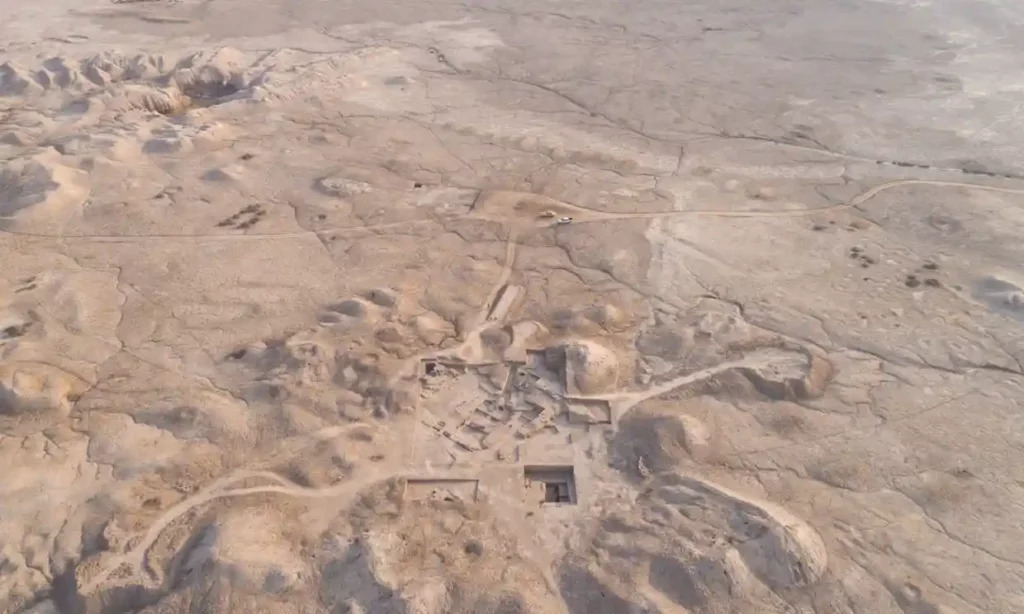
The excavation site in Tello, Iraq
According to Hartwig Fischer, the director of the British Museum, the site of the ancient city in southern Iraq was “one of the most fascinating sites I’ve ever visited”.
He said: “The collaboration between the British Museum, state board of antiquities and heritage of Iraq, and the Getty represents a vital new way of building cooperative cultural heritage projects internationally. We are delighted that today’s visit could celebrate the recent discoveries that are the result of this collaboration, and continue the British Museum’s long-term commitment to the protection of the cultural heritage of Iraq, the support of innovative research, and the training of the next generation of Iraqi archaeologists at Girsu.
“While our knowledge of the Sumerian world remains limited today, the work at Girsu and the discovery of the lost palace and temple hold enormous potential for our understanding of this important civilisation, shedding light on the past and informing the future.”
The ancient Sumerians may not be as well known a civilisation as the ancient Egyptians or Greeks, but according to Dr Timothy Potts, the directory of the Getty Museum, Girsu is “probably one of the most important heritage sites in the world that very few people know about”.
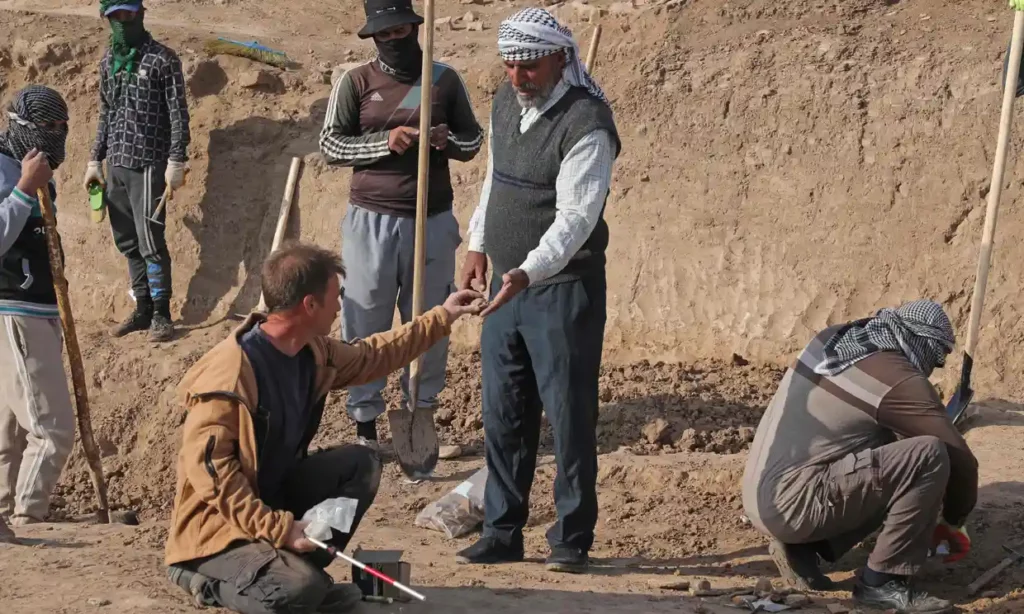
He added: “Through its collections, exhibitions, research and publications the Getty seeks to promote the understanding and preservation of the world’s artistic and cultural heritage.
“The ancient world has been a particular focus of the museum’s programmes at the Getty Villa, and we are therefore delighted to have partnered with the British Museum on the Girsu Project in Iraq.
“This innovative programme provides critical support for the uniquely important archaeological site of Girsu, through the training of Iraqi specialists entrusted with its development for sustainable archaeology and tourism.”
Iraq’s culture minister, Ahmed Fakak Al-Badrani, said: “The British archaeological excavations in Iraq will further unveil significant ancient eras of Mesopotamia, as it is a true testimony to the strong ties between the two countries to enhance the joint cooperation between the two countries.”
The Sumerians explainer
Who were they?
The Sumerians were the inhabitants of Sumer, which is the earliest known civilisation in the historical region of Mesopotamia, located in modern-day southern Iraq. According to archaeological evidence, they built about a dozen city-states in the fourth millennium BC.
Girsu, which is located in Tello, Iraq, was first discovered 140 years ago, and was significant in that it first revealed to the world the existence of the Sumerian civilisation, as well as bringing to light some of the most vital monuments of Mesopotamian art and architecture.
What did they invent?
The Sumerians were ancient pioneers, having advanced the craft of writing, writing literature, hymns and prayers. They built the first known cities as well as creating the first known code of law. They also perfected several existing forms of technology, including the wheel, the plough and mathematics.
The epic of Gilgamesh, considered the world’s oldest surviving piece of literature, derives from five Sumerian poems.
They were also notably one of the first civilisations to brew beer, which was seen by the ancient people as a key to a healthy heart and liver.
